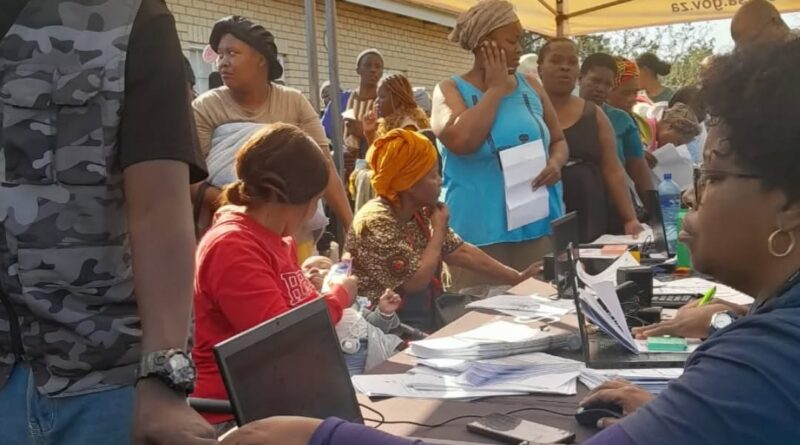The Purpose of SASSA in Monitoring Progress of the Biometric Enrolment Pilot
The South African Social Security Agency (SASSA) is responsible for administering social grants to millions of South Africans at risk of exploitation. SASSA is tasked with ensuring effective and transparent delivery of these grants. To enhance biometric technology for modern beneficiary verification, SASSA launched a Biometric Enrolment Pilot— a modernized strategic initiative to streamline and secure beneficiary verification. Understanding SASSA’s purposes in monitoring the progress of the pilot, including oversight, evaluation, and optimization, provide insight into its structure and governance.
Strengthening Identity Verification
The purpose for SASSA participating in the pilot project stems from the need to strengthen identity verification processes. Documents such as social identities are prone to fraud. Verification through biometrics, which make use of fingerprints, facial features and iris scans are more secure and reliable. Through the ultra modern biometric system, SASSA is able to monitor and mitigate fraud, duplication, and identity theft in their social grant programs.
Maintaining Precision and Productivity in the Pilot Programs
SASSA’s obligations to citizens and public stakeholders compel the agency to implement accurate and efficient systems for biometric enrolments. With SASSA’s monitoring capabilities for pilot biometric systems, the agency can evaluate participation trends, detect obstacles, and assess interaction with the system in the moment. This type of monitoring allows SASSA to refine and amend processes as they’re being deployed instead of waiting until the entire system is in place.
Safeguarding Beneficiaries’ Rights of Access
Within this initiative, SASSA has a safeguarding function. The agency’s oversight of the biometric pilot protects the participants’ ethical and legal rights, including the POPI. SASSA’s oversight helps maintain public trust in the new system.
Assessment of Technology Integration
Implementing new biometric technology into an administrative system requires integrating it with existing structures. SASSA has oversight responsibilities which include assessing the pilot’s technology and its integration with existing payment structures and other databases. This prevents the disruption of grant payments and ensures that the new processes align with the digital government ecosystem.
Informing Policy Action
As part of the systematic monitoring, SASSA captures and processes the policies and operational actions that are informed by the insights gathered, including beneficiary participation, interregion benchmarking, and the pilot’s implementation difficulties. Such evidence-based insights inform policy action setting realistic expectations, staff training, and regulatory adjustments regarding the enrolment system.
Laying the Foundations for a Biometric Enrollment System Nationwide
In the end, the pilot’s outcomes will determine how biometric enrollment will be implemented across the country. It is SASSA’s role to not only track progress but also evaluate the pilot’s scaling readiness. This involves confirming infrastructure resource allocation, forecasting budget estimates, and analyzing the impact of social grant provision in the long term.
Conclusion
SASSA’s role in monitoring the Biometric Enrolment Pilot’s progress is important for the modernisation and integrity of the social grant system in South Africa. With careful monitoring and ongoing assessment, the agency aims to achieve the appropriate integration of biometric systems with service delivery and security, while also upholding the beneficiaries’ dignity. This social grant support pilot is important for South Africa as it works toward improving inclusiveness, accountability, and technological integration in the social support systems.
